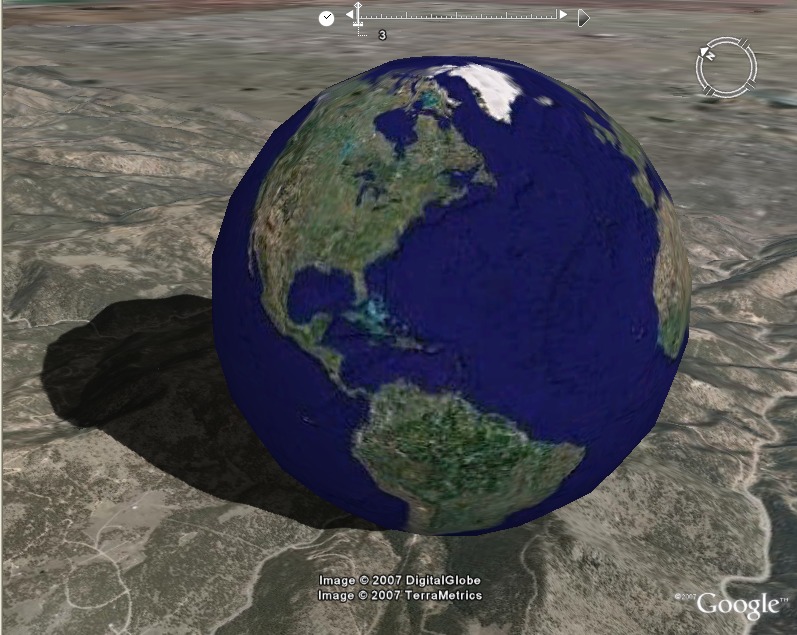

From government agencies to end users, Google Maps uses the data collected from a massive amount of sources to keep the system up to date.ĭifferent components that contribute to the working of Google Maps The secret to building such an extensive and accurate database of location information is that Google doesn’t do it all by itself.

The working of maps is based on the simple principle of collecting an exhaustive amount of data and then processing and presenting it to the world. Google Maps work because of what Google does best. The feature isn’t available on the smartphone app, but globe view and more can be accessed through the separate Google Earth app. You’ll see the Earth mapped as it really is because a 2D map can never be accurate in larger views. You can spin it and zoom into places, and even look at other planets in the solar system. If you open Google Maps on your computer and go to Globe View, you can see the Earth as a satellite would. Recommended blog - 15 Digital Marketing Tools For Business But one of the most beneficial features is that people can see what time a place opens and closes, and even what time and day is the busiest at that place. Users can add reviews and photographs to the listing. And users get to find what they want along with the directions to it. Google Maps offers 360-degree panoramic photographs at the street level at various locations all around the world.īeing listed on Google Maps with accurate information is now a crucial factor for any company with a brick-and-mortar location. Google Street View tries to offer you an experience that emulates being at a place as close as they can.
:no_upscale()/cdn.vox-cdn.com/uploads/chorus_image/image/62556805/congress.0.0.0.jpg)
Google Maps helps you to avoid that hell-hole of automobiles letting you know which routes have the most traffic and which routes have the lightest traffic. Getting stuck in traffic is a horrible experience. With turn-by-turn voice navigation, you can have a polite voice directing you the whole way, telling you to “Turn right in 10 meters.” Google’s Route Planner shows you all the possible routes from point A to point B, and shows you the fastest one and how long it would take you to get where you're going, depending on the means of transport you're using. Here’s a list of the most prominent and useful features offered by Google Maps. Google Maps lets you find the nearest coffee shop or hospital, but also lets you explore the solar system when you have the time. Recommended blog - 7 Top Trends in Augmented Reality Now in 2021, Google Maps keeps rolling out updates and adding new features. Very recently Indoor Live view was also added, for navigating indoors in certain places in the US, including malls and airports.
Google maps live Offline#
In 2015 offline maps were introduced, and in 2019, Live view was introduced, which used Augmented Reality to assist navigation and exploration. About five years later business listings, ratings, and reviews were introduced. Turn-by-turn navigation first debuted in 2009. Two years later in 2006, real-time traffic updates, Google Street View, and the first Google Maps mobile app was introduced. Google Earth was also launched the same year, providing 3D views of the planet. With integrations from these additional acquisitions, Google first released Google Maps in February 2005. Along with this Google also acquired a geospatial data visualization company, Keyhole, a real-time traffic analysis company, ZipDash. In 2004, Google acquired a small Sydney-based company, Where 2 Technologies, and their idea for a web-based mapping software. The mapping platform that is Google Maps had relatively humble beginnings. Just how does this miraculous world-covering map work? How does it gather, organize, and make available this astounding amount of geographical data? To put it simply, it’s a combination of data collected and processed by satellites, government agencies, Google employees, and well, you. Google Maps came around, and paper maps have now become practically non-existent. And good luck trying to look at the stars at night and figure out where the hell north was supposed to be.īut then years ago, things changed. Sometimes the road ahead might have been blocked for construction and you would have had to double back.

Sometimes the motel marked on the map would have closed two years ago. There was a time, not too long ago, when looking at a map meant unfolding a large piece of paper and reading the tiny letting and trying to figure out where you were and how you could get to where you wanted to go.


 0 kommentar(er)
0 kommentar(er)
